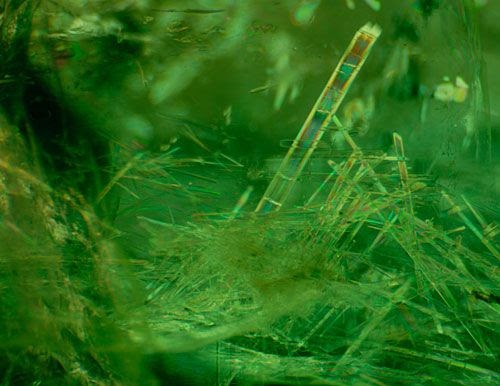Pictures, certification and other details of the ready stock are available on demand


We deal in certified Emerald from Swat Pakistan and Afghanistan, rough, cut and specimen 100% natural unheated and untreated direct from the mines owners.
Emerald
Understanding natural emerald

Clarity
Color, Carat, Clarity and Cut are the 4 Cs of the cut stone
In order to understand natural emerald one must have the knowledge of understanding the inclusions in a gem specially emerald.
In order to understand emerald inclusions, you must first understand their clarity. Emeralds are classified as a Type III gemstone. There are three types total: Type I, Type II, and Type III gems. Type I gems typically form very clearly with no inclusions. Aquamarines, heliodor, and topaz are a few examples. Most gems qualify as Type II gems, usually showing some inclusions. Rubies, sapphires, and quartz are all examples of Type II gems. Type III gems almost always show inclusions, which is the category emeralds fall into. As a result, most emeralds are oiled for clarity.
The French have a term for these typical inclusions, called a “jardin” or “garden”. Inside the green gem these inclusions resemble a garden, both being creations of mother nature. No two sets of jardins are the same, and they can even be used to identify individual gems.
Inclusions
Inclusions in an emerald are sometimes referred to as “jardin,” or “garden” because they can resemble moss or plant foliage. Emeralds with many inclusions should be treated with care, since they are more vulnerable to damage due to the inclusions. Despite this, they are still far more durable than your finger

A crystal inclusion (probably chromite) in an emerald.
Inclusions form because mother nature mixes whatever random elements are in the ground. Beautiful, transparent gems are the lottery prize of these formations. Of course different locations will have different inclusions, though source-specific inclusions do not form in every emerald. Emerald inclusions vary with their location and may be used as a diagnostic tool for assessing the country of origin. Fractures and liquid inclusions are the most frequent, but inclusions in emeralds include can be any combination of the following:
Crystals
These are natural crystallizations of other minerals inside the emerald. There are as many possible crystal inclusions as there are crystals. It is also possible to find a halo surrounding these inclusions, caused by a difference in melting temperatures of the crystal and the emerald during formation.
Liquid Inclusions

A three-phase emerald inclusion.
It is very common to have liquid inclusions filling cavities in emeralds. They can also form in those cavities with a gas bubble to make a two phase inclusion. Especially common in emeralds is a three phase inclusion where a gas, liquid, and crystal formation. In rare cases the gas bubble or the included crystal may move within the cavity.
Fingerprints

Fingerprint inclusions in an emerald.
While more characteristic of rubies or sapphires, fingerprints are very possible in emeralds too. They can appear heavier and coarser, but often overlap in appearances with They often resemble the fingerprints we use to identify ourselves, though they can also look like wispy veils. Their appearance is a range, something applying to most inclusions.
Fingerprints can form with liquid and a gas inside them, making them two phase inclusions.
Needles – Needles are long thin crystals. Also falling in this category are hollow growth tubes leftover from crystal formation.
Fractures

Needle inclusions, and some out-of-focus fractures in an emerald
These fissures and cracks are by far the most common inclusion in emeralds. No one is entirely sure why they are so common in emeralds. One idea is that they are a natural byproduct of the crystal formation process, while another is that they are caused by harsh mining methods.
The vast majority of emeralds are treated with oils and resins to enhance clarity issues caused by fractures. Between the oil and the fractures, they are to never be cleaned in an ultrasonic cleaner. This will remove the oil and will likely damage the emerald too. Re-oiling emeralds is not something that can be done at home, requiring specific oil and equipment.
Color Zoning
While not as common in emeralds as it is in other gems like sapphires or tourmalines, color zoning refers to different amounts of coloring in the emerald. For example, if one side is missing color and the other side is green. While this is an extreme example and very unlikely in emeralds, it is technically possible.
Phenomena

Cat’s Eye Emerald

Trapiche Emerald
Sometimes emeralds may have features that allow the display of a phenomena called chatoyancy. More commonly called cat’s eye, this is caused by many fine needles or tubes being parallel to one another.
There has been an instance of an emerald that displays asterism, the star effect. However, this is not common in emeralds. It is also not to be confused with trapiche emeralds. Trapiche emeralds are a result of overall crystal formation, not specific inclusions like chatoyancy.
For further details please CONTACT
